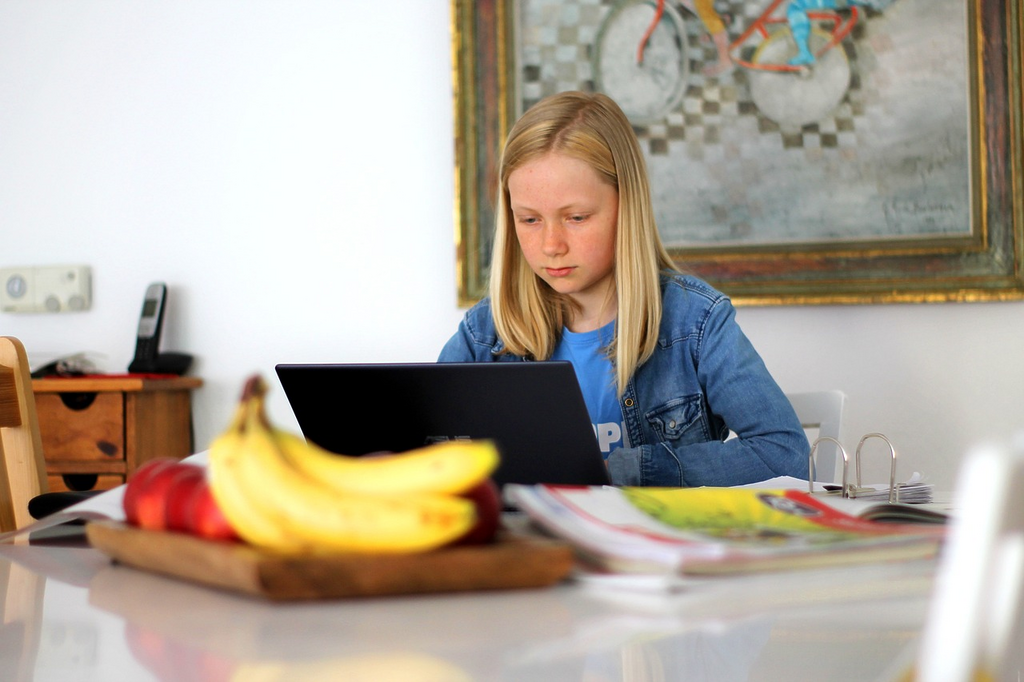As a homeschooling parent, I know firsthand the joys and challenges that come with educating our children at home. We have the unique opportunity to tailor our children’s education to their individual needs, but it can be difficult to know where to start.
One of the most important factors in homeschool success is understanding and catering to your child’s learning style. Every child has a unique way of processing information, whether it be through visual, auditory, or kinesthetic means.
By identifying your child’s learning style and incorporating it into your homeschool curriculum, you can unlock their full potential and help them thrive academically and emotionally.
This article will explore the benefits of understanding your child’s learning style and provide practical tips for incorporating it into your homeschooling journey. So let’s dive in and discover how we can unlock our child’s full potential with a personalized approach to learning!
Key Takeaways
- Understanding your child’s learning style can help them grasp and retain information better.
- The three most prominent learning styles are visual, auditory, and kinesthetic.
- Homeschooling parents can incorporate simple things into their teaching to appeal to each learning style.
- Despite recent research questioning the effectiveness of teaching to learning styles, homeschooling parents can still incorporate elements of their child’s learning style into their teaching to make learning more enjoyable and increase retention.
Understanding Learning Styles
As a homeschooling parent, I understand that unlocking my child’s learning style can make all the difference in their education. Knowing whether my child is a visual, auditory, or kinesthetic learner can help me tailor their lessons to their individual needs.
Practical applications of understanding learning styles include using visual aids such as bright colors, videos, and flashcards for visual learners, incorporating hearing words and answering questions for auditory learners, and using hands-on learning tools and allowing movement during lessons for kinesthetic learners.
While there are benefits to incorporating learning styles into our teaching, it’s important to acknowledge the drawbacks as well. Recent research has questioned the effectiveness of teaching according to specific learning styles, and it’s important to remember that learning styles are not a blueprint for educational success.
However, as homeschoolers, we have little to lose by identifying our child’s learning style and incorporating elements into our teaching that support that style. By doing so, we can make learning a positive experience and help our children to grasp and retain information more effectively.
Visual, Auditory, Kinesthetic
I find it fascinating that approximately 30-35% of the population are visual learners. As a homeschooling parent, understanding my child’s learning style can help them grasp and retain information better. Incorporating teaching strategies that align with their learning preferences can make learning more enjoyable and increase retention.
For visual learners, simple ideas such as using bright colors, flashcards, and videos can appeal to their learning style. Incorporating visual displays and images can also help them better understand concepts.
As a homeschooling parent, I can use these tools to present material in a way that’s more palatable and enjoyable for my child. By teaching according to their learning style, I can help them unlock their full potential and achieve homeschool success.
Incorporating Learning Styles
Incorporating learning styles into my teaching approach has proven to be an effective way to engage my child and enhance their understanding of the material. I’ve found that by using hands-on activities and a personalized curriculum, my child is able to retain information better and is more excited about learning.
As a homeschooling parent, I have the freedom to tailor my teaching approach to my child’s individual needs and preferences. For visual learners, I’ve incorporated bright colors, visual displays, and videos into our lessons. For auditory learners, I make sure to speak clearly and use hearing words, and I encourage my child to ask questions. And for my kinesthetic learner, we do lessons away from the desk and use hands-on learning tools to help him better understand the material.
By incorporating these elements into our daily routine, I’ve seen a significant improvement in my child’s attitude towards learning and their overall success in their studies.
How Does Distance Education Support Different Learning Styles for Homeschooling?
Distance education offers numerous benefits of distance education for homeschooling, accommodating different learning styles. Visual learners can access online videos and interactive materials, while auditory learners can listen to recorded lectures or participate in live online discussions. Kinesthetic learners can engage in hands-on activities through virtual labs and simulations. With its flexibility, distance education ensures each student’s unique learning needs are met effectively.
Limitations of Learning Styles Research
Learning styles research has been called into question, but as a homeschooling parent, I’ve found incorporating elements of my child’s learning style to be a useful tool in personalizing their education.
While it’s true that some recent studies have cast doubt on the effectiveness of teaching according to learning styles, I’ve seen firsthand how my child’s engagement and retention of information increases when I incorporate materials and activities that align with their learning preferences.
As homeschooling parents, we have the freedom and flexibility to experiment with alternative teaching strategies and tailor our approach to our child’s individual needs.
While it’s important to be mindful of the limitations of learning styles research, we can still utilize this tool to enhance our child’s learning experience.
By incorporating activities that appeal to their visual, auditory, or kinesthetic preferences, we can help them feel more engaged in their education and ultimately achieve greater success.












